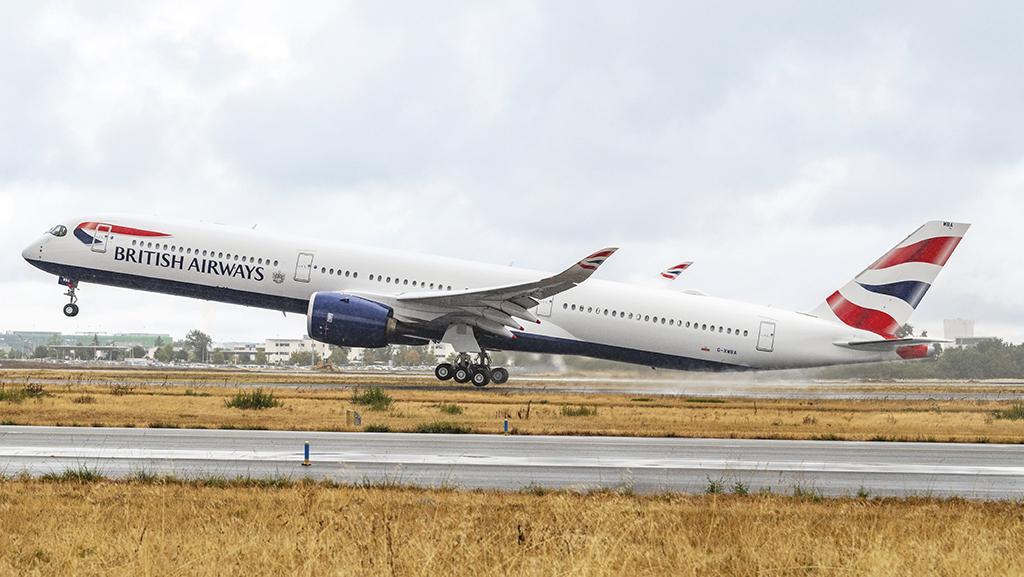Why The Widebody Market Will Remain Weak For Years | 为何宽体机市场将持续多年疲软

在新冠疫情流行之前,宽体机市场的发展已经放慢了好几年。空客终止了A380项目,而波音也将终止747-8项目。目前疫情危机也使这两家制造商原本已艰难的宽体机市场变得更加糟糕,不仅威胁到现有项目的可行性,甚至从长期来看企业前景也不容乐观。
The widebody market had been slow for years even before the COVID-19 pandemic hit. Airbus had to terminate the A380 program, and Boeing will end the 747 soon. The current crisis has made an already difficult market even worse for the two manufacturers, threatening the viability of programs and offering a much less optimistic outlook even for the long term.
空客对行业危机的反应是大幅降低生产率,例如A350的产量从高峰时期的每月10架下降到现在的每月5架;A330neo的生产量也基本削减了一半到每月2架。但是许多分析师认为,空客削减产能的幅度仍然不够大。
Airbus has reacted to the crisis by slashing production rates. Monthly A350 output is now down to five aircraft, from what was 10 at peak times. A330neo production also has essentially been halved to two aircraft per month. Many analysts have suggested the cuts have not been deep enough.
宽体机领域内,制造商的优先事项也正在发生变化。此前空客公司曾考虑将A350机身进一步加长,以便与更大的波音777-9展开正面竞争。但是现在,即使A350-1000看起来也将被边缘化,就像最大的双发客机波音777X一样。
Priorities are shifting within the widebody segment. At some point, Airbus had considered stretching the A350 further to have it compete head-to-head with the Boeing 777-9. Now even the A350-1000 is looking marginal, just like the largest Boeing twin.
对于波音777项目来说,目前的消息并不很友好。波音公司将波音777和777X的总产能从目前的每月5架减少至每月2架,而且(低产能)看起来可能会维持一段时间。波音公司也承认,波音777-9的服役日期将从2021年推迟到至少2022年。
News is not much better for the 777 program. The combined 777 and 777X rate, slowing to just two per month from the current five in 2021, looks likely to remain for some time. Boeing also has accepted that the target date for service entry of the 777-9, the first variant of the 777X family, has now slid to later in 2022 from 2021—at least.
波音首席执行官戴夫•卡尔霍恩(Dave Calhoun)表示:“波音777X与任何其他开发项目一样,都存在可能影响进度的内在风险。虽然我们继续推动该机在2022年投入使用,但具体时间最终将受到监管机构规定的认证要求影响。”
“As with any development program, there are inherent risks that can affect schedule,” CEO Dave Calhoun says. “While we continue to drive toward entry into service in 2022, this timing will ultimately be influenced by certification requirements defined by the regulators.”